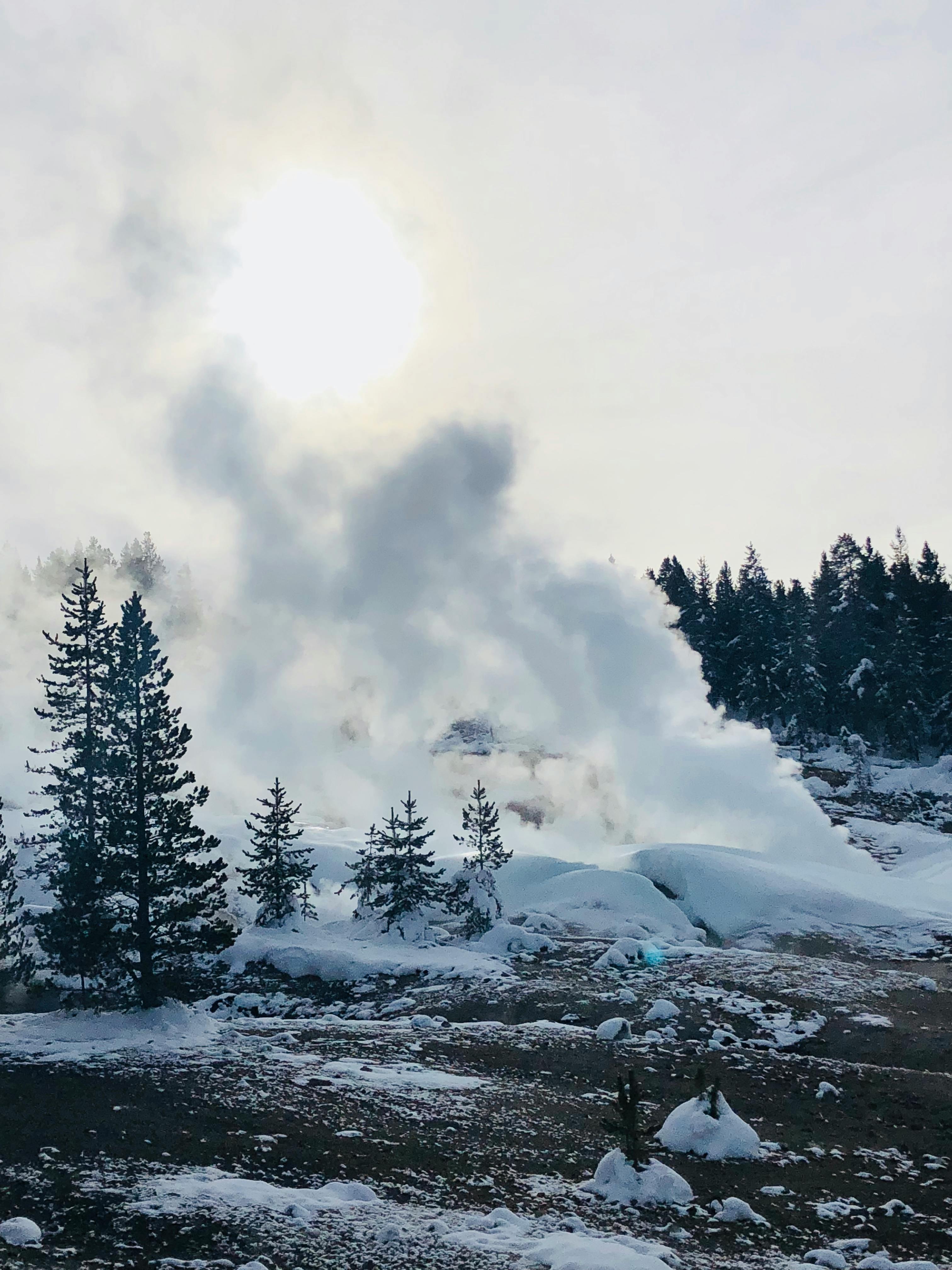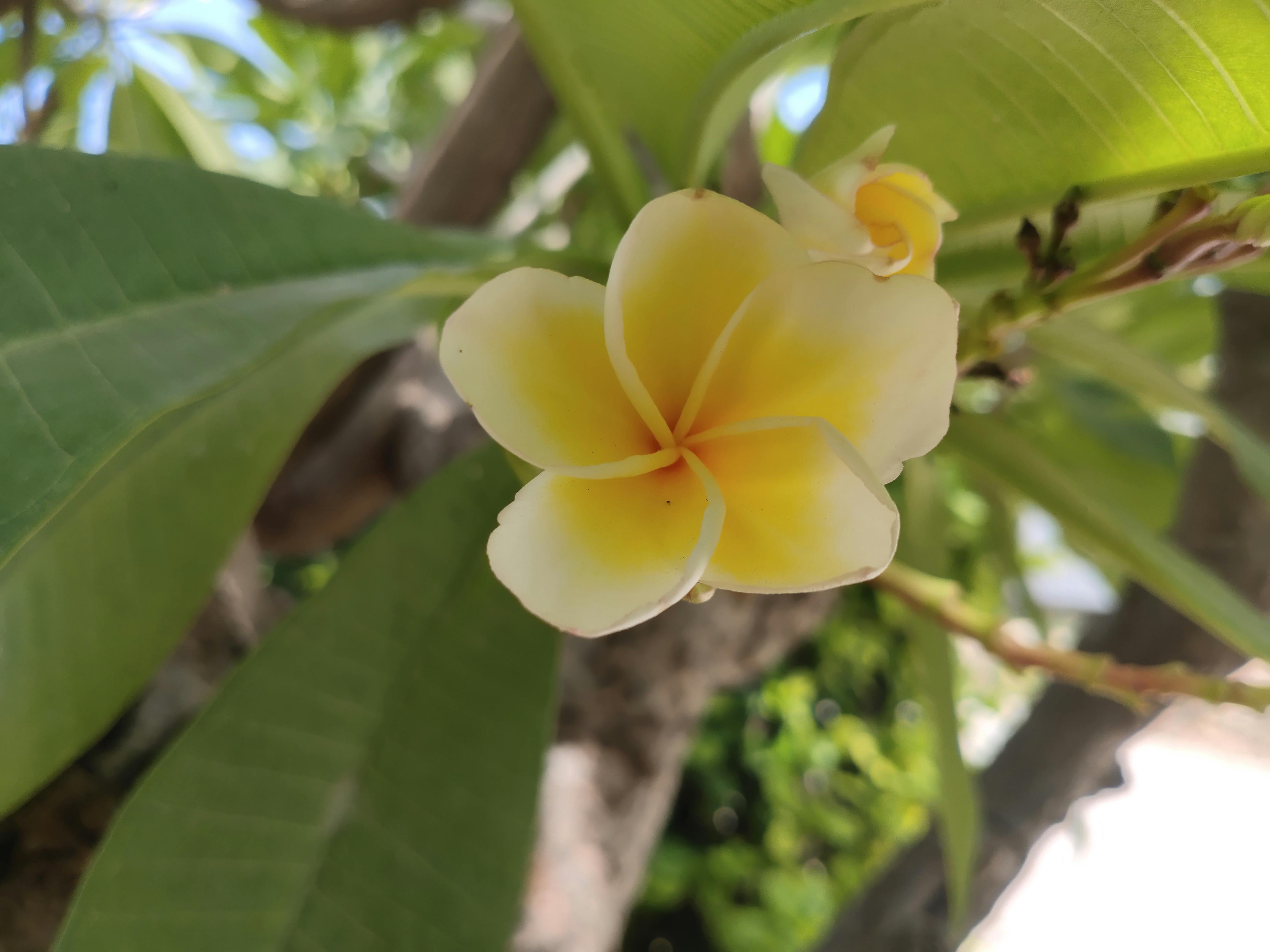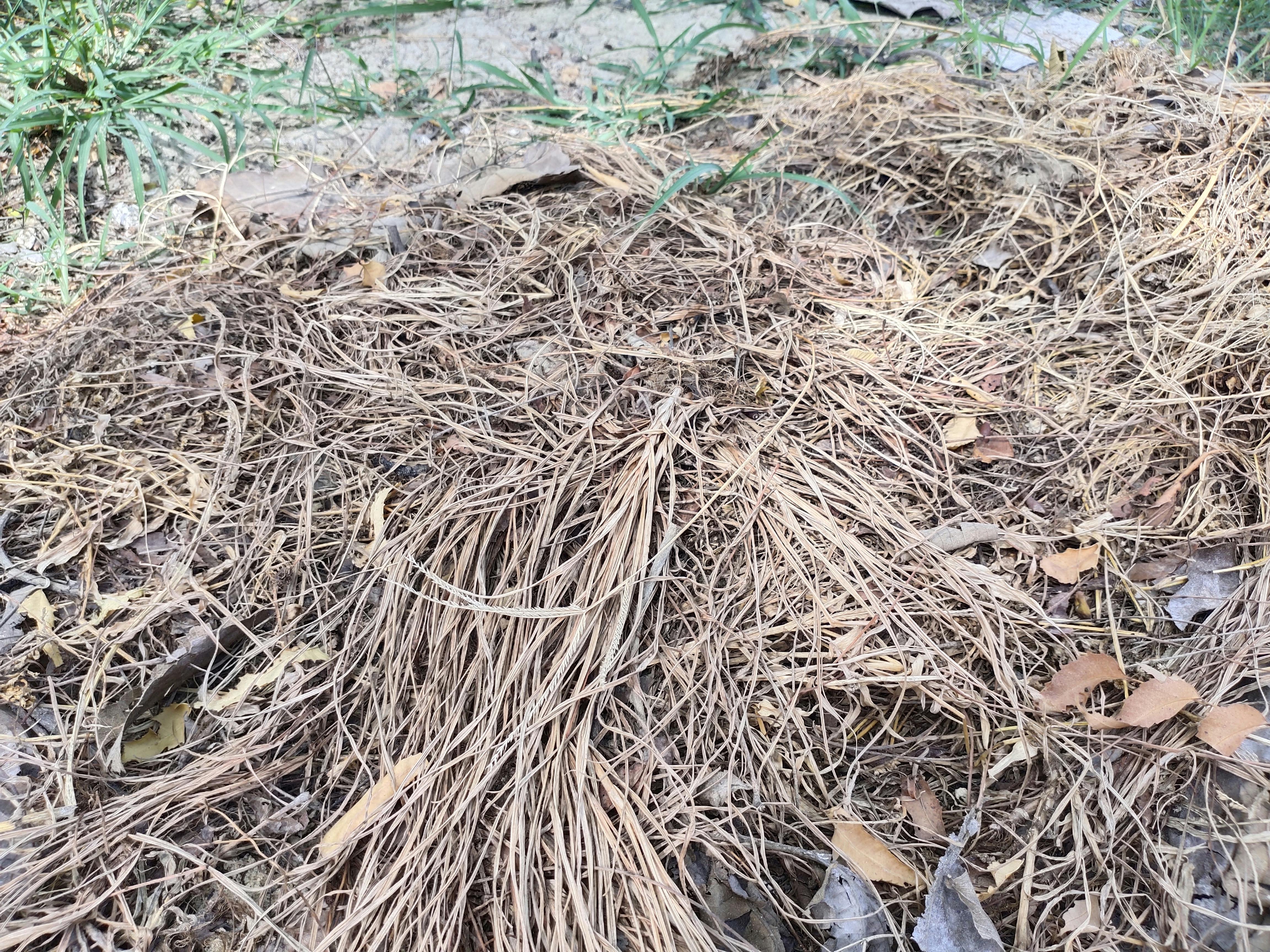Politics in India: A Deep Dive into Democracy and Governance

Image Source: Pexels
Politics in India plays a crucial role in shaping the country's governance, economy, and social structure. As the world's largest democracy, India follows a multi-party political system with diverse ideologies, governance models, and policy frameworks.
This article explores:
- The structure of Indian politics
- Major political parties
- The role of elections
- Challenges in Indian politics
- The future of Indian governance
1. The Structure of Indian Politics

Image Source: Unsplash
India follows a **parliamentary system** based on the **Westminster model**. The political structure consists of:
- Executive: The President (head of state) and Prime Minister (head of government).
- Legislative: Bicameral parliament (Lok Sabha & Rajya Sabha).
- Judiciary: Independent courts ensuring constitutional governance.
The federal nature of Indian politics allows states to have their own governments, making governance a blend of central and state policies.
2. Major Political Parties in India

Image Source: Pexels
India has a multi-party system, with two dominant parties and several regional players.
National Parties:
- Bharatiya Janata Party (BJP): Right-wing, nationalist ideology.
- Indian National Congress (INC): Center-left, secularist ideology.
- Aam Aadmi Party (AAP): Focuses on governance and anti-corruption.
- Communist Parties: Left-wing ideology focusing on labor rights.
Regional Parties:
Each state has strong regional parties, such as the Trinamool Congress (West Bengal), DMK (Tamil Nadu), and Shiv Sena (Maharashtra).
3. Role of Elections in Indian Politics

Image Source: Unsplash
India conducts elections at multiple levels:
- Lok Sabha Elections: Every five years to elect Members of Parliament.
- State Assembly Elections: To elect state legislators.
- Local Body Elections: Panchayat, municipal, and mayoral elections.
The **Election Commission of India (ECI)** oversees free and fair elections using **Electronic Voting Machines (EVMs)** and voter verification systems.
4. Challenges in Indian Politics

Image Source: Pexels
Despite being a thriving democracy, Indian politics faces several challenges:
- Corruption: Misuse of power and financial irregularities.
- Dynastic Politics: Political families controlling party leadership.
- Caste and Religion: Influence of identity politics on elections.
- Coalition Instability: Frequent changes in alliances affecting governance.
- Polarization: Political parties using communal and ideological divides.
5. The Future of Indian Politics

Image Source: Pexels
The political landscape of India is evolving with:
- Youth Participation: More young voters influencing policy decisions.
- Technology & Social Media: Digital platforms shaping political debates.
- Rise of Regional Parties: Strengthening of state-level governance.
- Judicial Reforms: Efforts to improve transparency in governance.
Conclusion
Politics in India is a dynamic and evolving system, deeply rooted in democracy and public participation. While challenges like corruption and polarization exist, India's political framework continues to progress with active civic engagement and technological advancements.
What are your thoughts on Indian politics? Share your views in the comments!






0 Comments: